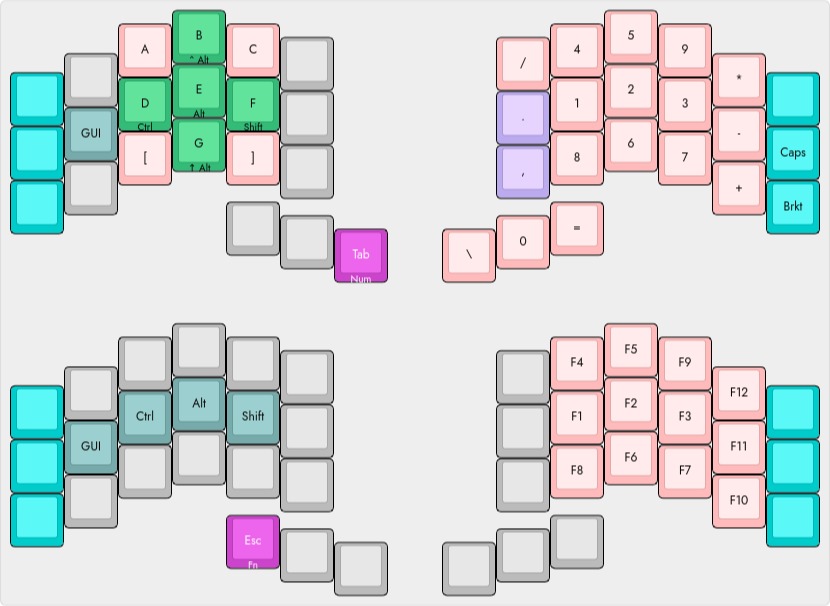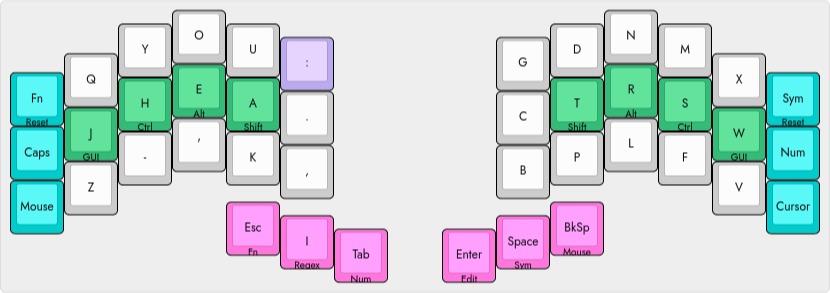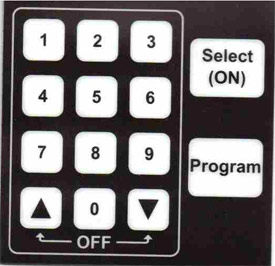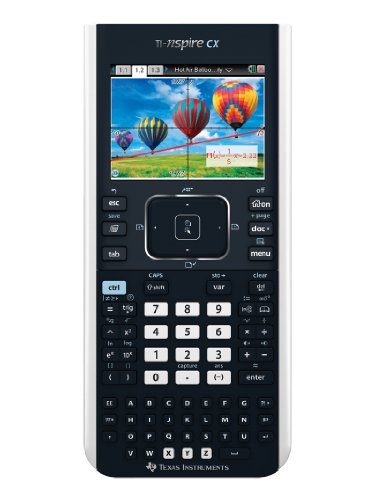
While it is a bit overwrought for most calculations, I love it for its native (no context switching required) symbolic calculations and dimensional analysis (many times saved my calculations from unit conversion errors), which place it above Matlab and most TI calculators I’ve used for small daily calculations.
#TI36X PI KEYPAD LAYOUT DRIVER#
My daily driver in power electronics grad school is the king of TI calculators, the TI-92+. I wrote a much longer comment but it got lost, so here is a shorter version. Where am I going to get a nice-feeling numeric keypad? That leaves one option, and it’s both the Hackaday and the Jedi way. The days of the standalone calculator are nearly gone, though, so what am I going to do? I’m certainly not going to shell out megabucks for an overly-fancy calculator, nor am I going to be lured by nostalgia into picking up an antique at the ridiculous prices they fetch online. Purpose-built tools tend to work much better for their purpose than devices that try to do everything. And, when I’m actually setting out to take good photos, a real camera instead of my cell phone’s. The simple bench power supply over the programmable. The standalone audio recorder over my computer’s software. The fixed wrench over the adjustable wrench. I like stand-alone devices that do their one thing right, and I almost always pick them over their more complex, if also more capable, counterparts when I only need that function. Or maybe it’s an elegant tool from a more civilized age: the user experience is better because the tool is just simpler. Maybe it’s irrational calculator nostalgia.

Maybe it’s because it doesn’t require a context-switch on the computer. Heck, I can even type calculations directly into the Unix world’s default editor.īut there’s something nice about the single-purpose device. Unit conversions? Units, or the Interwebs. And in terms of programming languages, the resources are far superior on my laptop. But why? Sure, I can run calculations on the very computer that I’m using to type right now. I want a proper desktop calculator from time to time. Why would I want something less powerful, when all that the calculator brings to the table is a bit of software? And that app can even be purchased for $20!

Wait a minute! “Almost”? I have a smartphone in my pocket right now. And the calculator that he reviews is certainly powerful: with a screen, processor, and memory almost rivalling a mid-scale smartphone.
#TI36X PI KEYPAD LAYOUT CODE#
Back in the day, the fanciest of scientific calculators had not just sin, cos, and tan, but were also programmable so that you could code in frequently used formulae. I just made a few examples.This week, Al Williams wrote up an article on what might be the last scientific calculator. The words are the text that will be covered to speech and sent to the API. Change the following code in main.py to your needs: def processKey(key): To tweak the buttons to do what you want. The repo has the instruction for putting the code on the Pi. The code for the project can be found at. Step Thirteen: Put the code on the Raspberry Pi I had to remove part of the back to allow for hdmi, usb and power to come out the back. Put the rest of the wires back in the case and screw in the size screws at the bottom. I used another extension to come out the back of the phone. Plug in the usb sound card via the right/left extension. Use double side adhesive tape to attach the pi to the bottom of the phone location that allows the case to shut. Put the keypad back into the phone and attach the two screws. Put the keypad and board back together and screw in the four screws.

Screw the receiver switch back into its original position an make sure that the button goes up and down. GPIO.add_event_detect(27, GPIO.FALLING, callback = Shutdown, bouncetime = 2000) # Add our function to execute when the button pressed event happens

tup(27, GPIO.IN, pull_up_down=GPIO.PUD_UP) This is used in main.py for the shutdown event: # setup the gpio pin for shutdown The shutoff switch is wired to GPIO 27 (Pin 13) and the other to the ground at Pin 9. This is used in main.py for the trigger: if igger = 'gpio': The receiver switch is wired to GPIO 11 (Pin 23) and the other to the ground at Pin 20. Step Eleven: Connect the receiver switch and momentary shutoff to the Pi The pin mapping is shown in the following code sample: # KEYPAD MATRIX


 0 kommentar(er)
0 kommentar(er)
